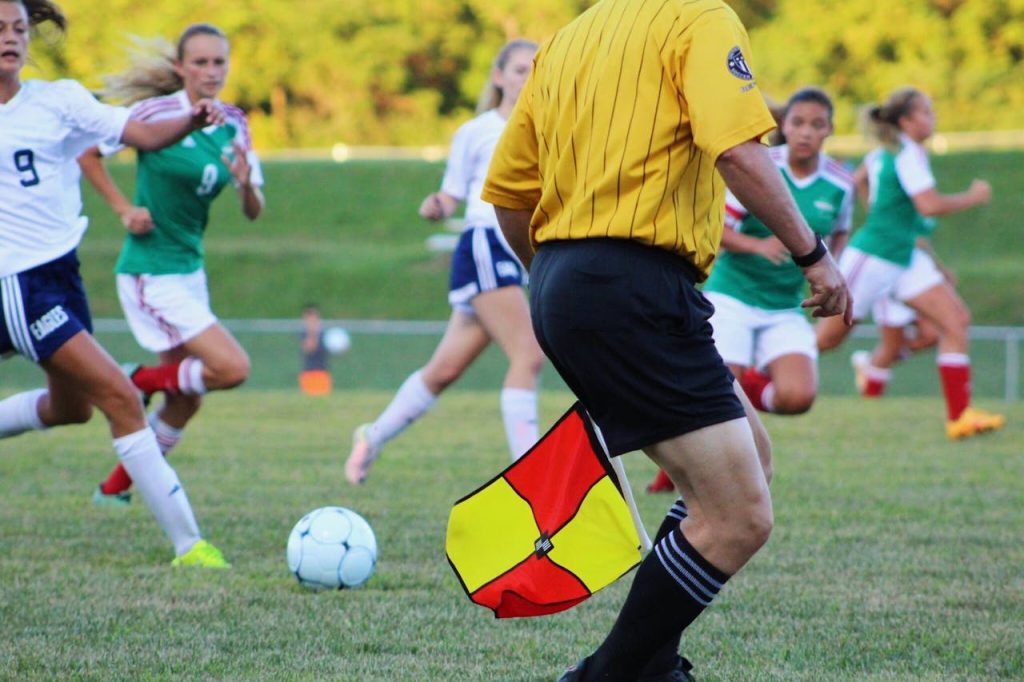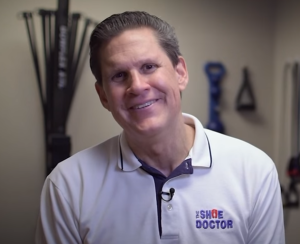Metatarsalgia is a condition that affects the ball of your foot. The pain can be extremely debilitating, making it difficult to walk, stand, or even wear shoes. If you are suffering from metatarsalgia, you know how frustrating and painful it can be. In this article, we will discuss the best advice you can hear about metatarsalgia. We will also provide tips on how to manage the pain and improve your quality of life.
Best Advice About Metatarsalgia
If you’re dealing with metatarsalgia, then you know how debilitating the condition can be. The pain and inflammation in the ball of your foot can make it difficult to walk, let alone stand for long periods. If you’re looking for relief, then you may have heard a lot of different advice about what to do. But what is the best advice when it comes to metatarsalgia?
Here’s a look at some of the best advice you can hear about metatarsalgia:
1. Strengthen the muscles in your foot and ankle.
Weakness in the foot and ankle muscles (as well as the smaller foot intrinsic muscles) can lead to excessive strain on the tissues on the bottom of the foot including the plantar fascia. The muscles in your foot and ankle work together to support the bones and joints. The better they can do their job, the less pressure is placed on your metatarsals.
The most effective way to improve muscle strength is through targeted exercises.
- Improve muscle strength and support in your foot and ankle
- Decrease pressure on your metatarsals
- Do exercises in the comfort of your own home
- Get better results than with traditional therapy
2. Avoid high heels if possible.
If you must wear them, keep the heel height under two inches and wear them for short periods. Wearing shoes that are too tight can also contribute to metatarsalgia, so make sure your shoes have plenty of room in the toe area. Give yourself a break from high-impact activities like running or jumping, and try low-impact exercises like swimming or biking instead.
- Keep heels under 2 inches to avoid pain
- Wear for short periods
- Give yourself a break from high-impact activities
- Try low-impact exercises
3. Have gone too far into a minimalist shoes.
The majority of minimalist style shoes have less foot support and cushioning than the standard thick-soled shoe. If you try to speed things up, you risk developing metatarsalgia. A safe transition shouldn’t take less than three months unless you’re a kid or teenager. Don’t switch activities during a period of intense training.
Making a gradual change will allow your body to adapt better to the new demands. I strongly advise against rushing into anything in the off-season. Before making a slow transition, taper back your running and do the exercises outlined in this article.
- Minimalist shoes take time to adjust to
- Rushing into minimalist shoes can lead to injuries
- Gradual change is the key to success with minimalist shoes
- Listen to your body and make changes accordingly
4. Improve your posture.
Poor balance is often linked to muscle weakness in the foot and ankle, as well as knee and hip muscularity. Metatarsalgia is a painful condition affecting the ball of the foot. Weakness and balance problems can result in poor foot mechanics, which can lead to metatarsalgia. Improving your balance will help you avoid developing metatarsalgia and is an important part of your recovery.
It’s recommended that you do these balance exercises without shoes when your pain subsides.
- Improve your balance and avoid developing metatarsalgia
- Easily do these exercises at home without shoes
- Improve your posture and reduce pain
5. Use a metatarsal pad.
Metatarsal pads can be beneficial for providing comfort (particularly during the early phases of treatment). Some people don’t have much metatarsal padding. This is especially true as you get older. Shoes with enough cushion around the ball of the foot can make all the difference.
A high-quality metatarsal pad may be purchased at your local running store. If you don’t have one, a specialist shoe shop or possibly a local podiatrist could help you out.
- Adds padding and comfort to the ball of your foot
- It May help with pain relief
- Can be used in most shoes
- Non-invasive, easy to use
6 Add a pair of orthotics.
Orthotics are devices that you insert into your shoes to correct various problems with the way your foot functions. If you have metatarsalgia, your orthotics will likely be designed to offload pressure from the metatarsal heads. This can help to reduce pain and inflammation in the area. A metatarsal pad-equipped orthotic may be beneficial if you have flat feet or an abnormally high arch.
Wearing supportive shoes alone, with or without soft correction devices, might not be sufficient for pain-alleviation, but they can assist if you have weak knees or are recovering from surgery on your lower extremities. Most metatarsal pads for orthotics need a podiatrist or a physical therapist that specializes in orthotics.
There are a variety of different orthotics available on the market. Orthotics can be custom-made or prefabricated, and they can be made from a variety of materials. The type of orthotic that’s best for you will depend on your individual needs and preferences.
- Correct foot function and alleviate pain
- Suitable for a variety of foot conditions
- Can be worn with other corrective devices
- Affordable and easy to use
Remember, The 3 Arches of Your Feet Still Need Support!
Maybe you have already felt the first symptoms of balance disorders or you want to prevent them from appearing in the first place. Consider getting a foot orthotic device or simply take care of your feet. Start by washing them thoroughly with a gentle soap whenever you take a shower. Being a very complex support system, your feet are your first line of defense against balance-related issues, since their arches provide you with the stability you need in your daily life. It’s time to put your foot down and push back against balance issues. With both feet on the ground, dedicate yourself to keeping them comfortable and healthy. Give us a call and we will scan your feet to make you custom orthotic inserts.
The Shoe Doctor has specialized in providing custom orthotics for 20 years. The right orthotic insoles can greatly reduce foot, knee, and hip pain while increasing performance and comfort. Russell at The Shoe Doctor will help educate and assist you in finding the perfect solution for your particular situation. We will create a 3D map of your feet and make custom orthotics for your hiking boots, everyday shoes, and everything else in between. These orthotics, along with our expert advice, will get you using orthotics like a pro, and have you performing at the peak of your abilities in no time! If you are in the San Francisco Bay Area, give The Shoe Doctor a call to get the best custom orthotics in the area! We are here to assist you, schedule your free consultation here!


